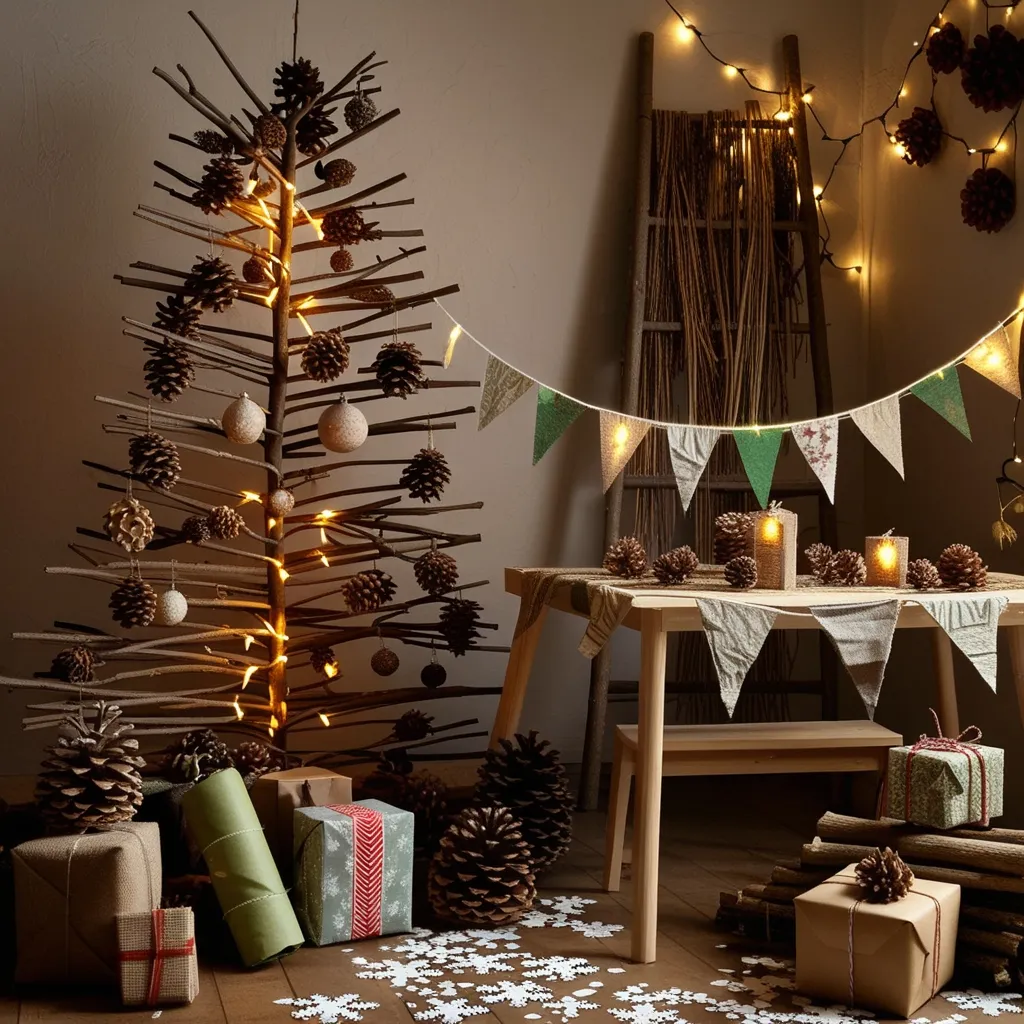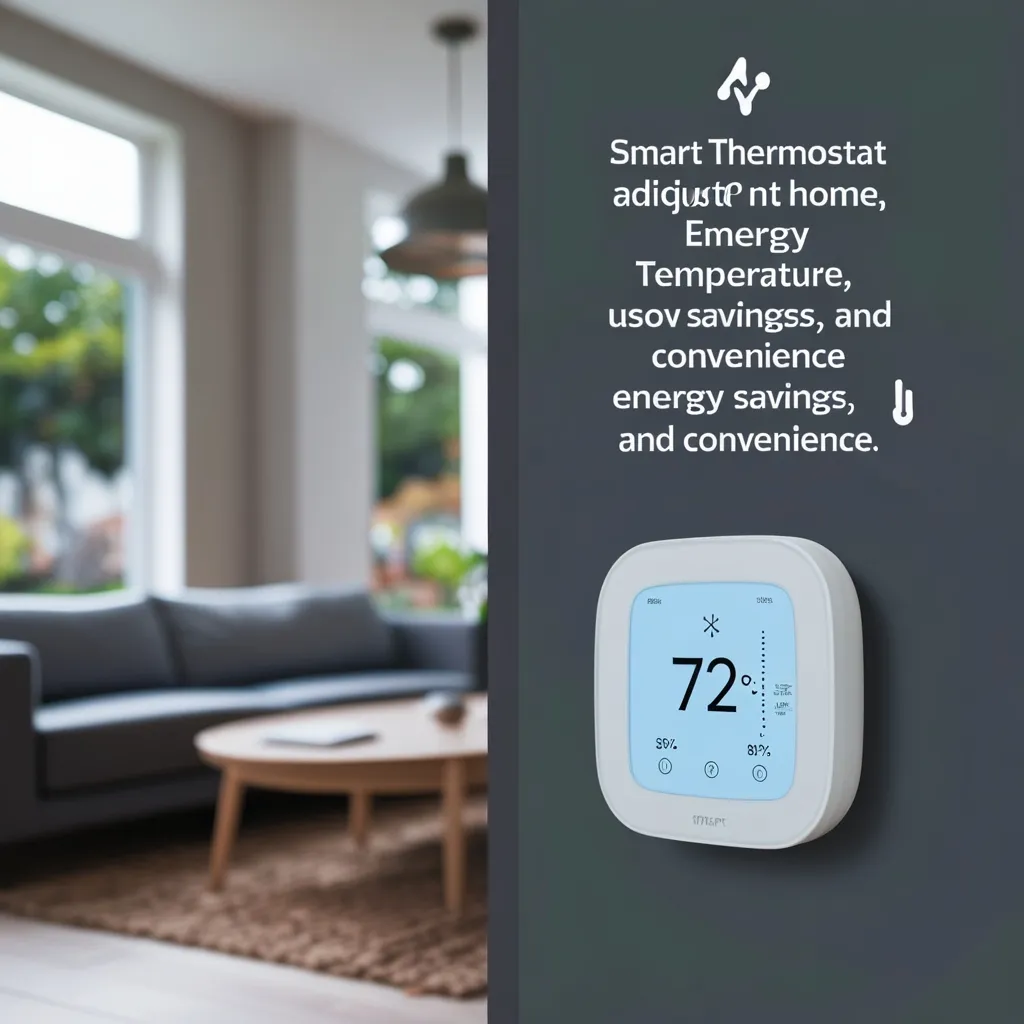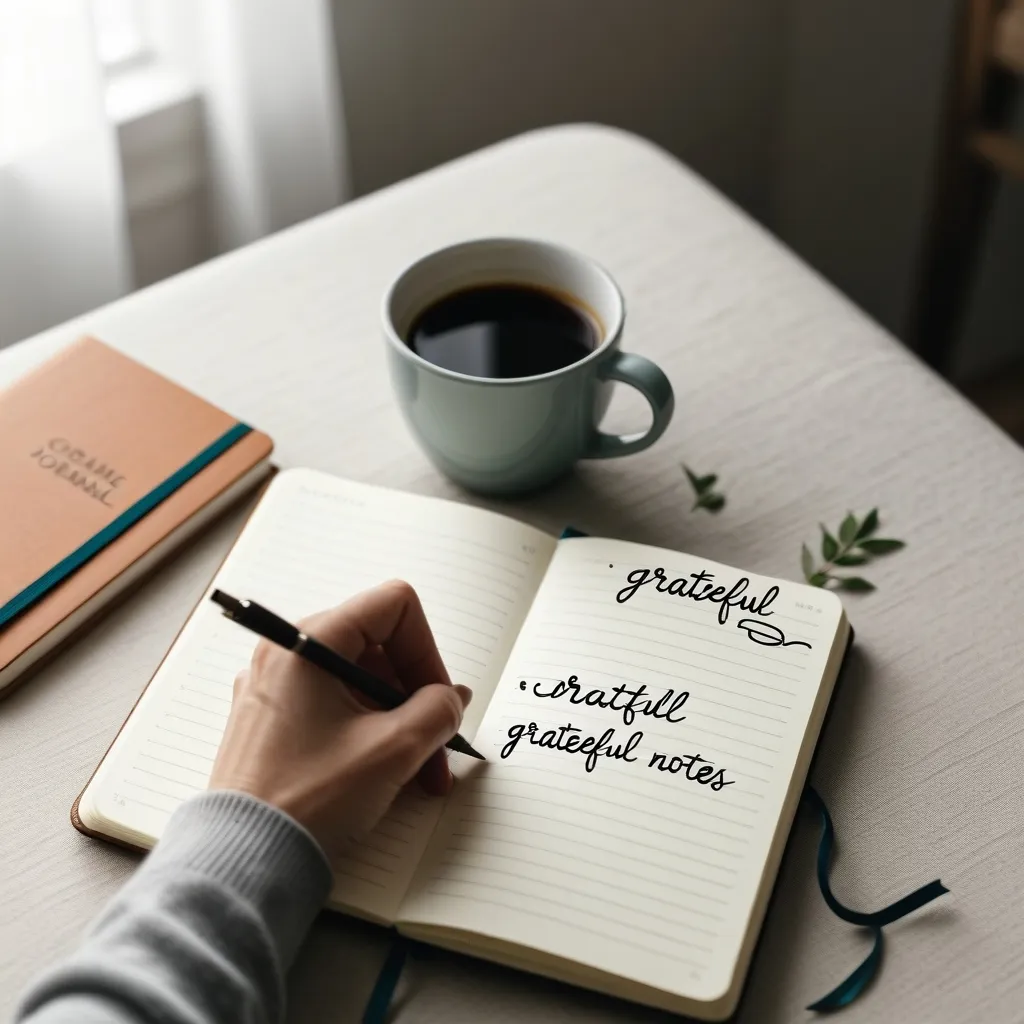We’re living in times when climate change and water scarcity are knocking on our doors. It’s high time we all did our part to tackle these issues. You don’t need to overhaul your life—just tweak a few daily habits. These water-saving tips are easy, practical, and can make a big difference. Plus, they’re friendly on your pocket.
Start with something super basic but often overlooked: fixing leaks. Whether it’s a leaky faucet or a sneaky toilet leak, it’s such a waste. A single drip might not seem like much, but over a year, it’s a giant puddle of wasted water. Get into the habit of checking your taps and pipes. For toilets, a neat trick is to add a few drops of food coloring to the tank and wait about 15 minutes. If the color seeps into the bowl without flushing, bingo—you’ve got a leak that needs fixing.
Showers over baths, any day. Baths can guzzle water like nobody’s business. If showers are your jam already, great. But try to keep them under four minutes. If you need help sticking to that, look for those free shower timers that water companies often give out. And while you’re at it, think about installing water-efficient shower heads. These babies can chop your water flow down to about three gallons per minute compared to the usual five to ten.
Switching out your old faucets for smart ones is another smart move. Faucets with EcoRight technology are especially nifty because they can cut water usage by up to 60% compared to regular faucets. They use some super precise elastomer to limit water flow to around five liters per minute. That’s some serious water savings without lifting a finger.
Speaking of saving water, dishwashers are your best buds. Dump the handwashing habit; it’s a major water waster. A dishwasher can save up to a whopping 6,000 liters of water per year. And don’t bother with the pre-rinse, as skipping this step can save another 1,000 liters annually. Make it a rule to only run your dishwasher and washing machine when they’re full to max out on efficiency.
For those who love their gardens, there are water-wise ways to keep those plants happy. Instead of using sprinklers, why not get a water butt to collect rainwater? That way, you’ve got a sustainable water source year-round. You can also reuse cooking water or water from rinsing veggies to water your plants. Bonus: those extra nutrients in the water are great for your garden.
Rainwater harvesting isn’t just some crunchy granola idea; it’s legit. Even with minimal rainfall, a good rainwater harvesting system can be a lifesaver. You’ll trim down your water bills and help conserve water at the same time.
When it comes to watering your lawn, think smart irrigation. Techniques like the cycle-and-soak method are gold. Here’s how it works: water your lawn in short bursts, giving it time to soak in before watering again. This reduces runoff and ensures your plants get the hydration they need without any waste.
Adopting small habits in your day-to-day can also add up. Simple stuff like turning off the tap while brushing your teeth or shaving can make a big difference. Instead, fill a glass with water for rinsing or keep a small amount of water in the sink for shaving.
Do you let the tap run just to get cold water? Don’t. Fill up a jug and keep it in the fridge, so there’s always cold water on hand without wasting any.
And about that kettle—when you’re boiling water, fill it with only what you need. This not only saves water but also cuts down your energy use. Most kettles come with an indicator to help you measure the right amount, so use it.
Toilets can be massive water suckers. Don’t use it as a trash can. Each unnecessary flush wastes up to 1.6 gallons of water. Here’s a neat hack: place a plastic bottle filled with sand or pebbles in your toilet tank. This can save up to five gallons of water every day!
Getting involved in community water-saving initiatives can have a ripple effect. Join local programs, attend workshops, or participate in events focusing on water conservation. It’s a great way to multiply your impact and make a real difference in your community’s water sustainability.
By making these small tweaks in your daily routine, you can play a big role in water conservation. Fix those leaks, optimize your shower time, switch to smart faucets, and adopt efficient irrigation techniques. Each drop you save contributes to a more sustainable future, and you’ll likely see a reduction in your water and energy bills, too. So let’s get started—make every drop count!






